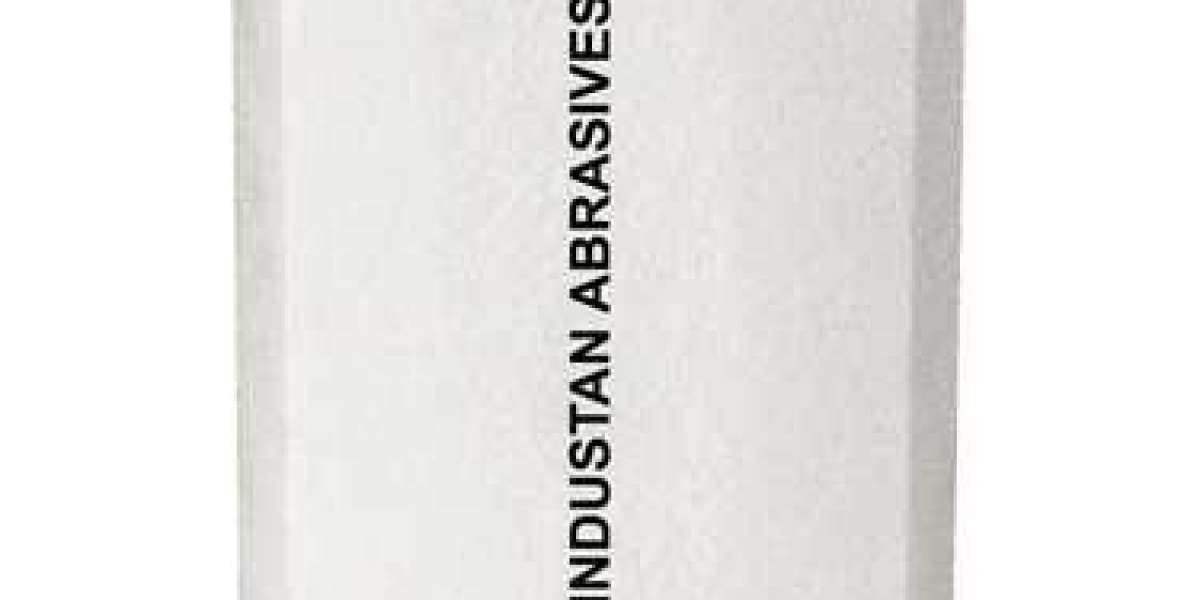In the world of industrial metalworking, precision and performance are not just desired—they are mandatory. Whether you're smoothing metal surfaces, removing excess material, or preparing a part for finishing, one key component plays a vital role: grinding segments. Often overlooked, these small but powerful tools are crucial to the success of many grinding processes. In this blog, we’ll explore what grinding segments are, their types, applications, benefits, and the industries that rely on them. If you’re searching for insights or planning to buy grinding segments, this is the guide you need.
What Are Grinding Segments?
Grinding segments are specially-shaped blocks of abrasive material that are mounted on grinding machines (typically on vertical spindle rotary table or horizontal spindle machines). Unlike traditional grinding wheels, grinding segments are used in sets—often arranged in a circular pattern on a rotary table.
They are designed to grind flat surfaces with maximum material removal, uniform contact, and extended tool life.
? Types of Grinding Segments
Grinding segments come in various shapes, sizes, grit types, and bonding materials to suit specific surface grinding applications. Here's a breakdown of common types:
? 1. Wedge-Shaped Segments
Ideal for heavy stock removal, these segments are widely used on rotary surface grinders. Their wedge shape provides excellent pressure distribution.
? 2. Rectangle or Brick Segments
These are the most commonly used segments in vertical spindle grinders for general-purpose grinding.
? 3. Round or Button Segments
Used for precision applications and fine surface finishes, especially in tool rooms and die manufacturing.
? 4. Customized Profile Segments
Tailor-made to match specific shapes, ideal for specialized components like automotive parts or machine tools.
⚙️ Materials Abrasives Used
The performance of a grinding segment is largely determined by the abrasive material used. Common abrasive types include:
✅ Aluminum Oxide (A/O)
Best for steel and ferrous materials
Long life and high durability
✅ Silicon Carbide (SiC)
Ideal for non-ferrous materials, brass, aluminum, and cast iron
Provides smooth finishes
✅ Ceramic Grains
High-performance grains used for heat-sensitive or hard materials
Excellent in aggressive grinding
✅ Diamond and CBN (Cubic Boron Nitride)
Used for ultra-hard materials
Mostly used in high-precision industries
? Applications of Grinding Segments
Grinding segments are versatile and used in a wide variety of industrial applications, such as:
1. Surface Grinding
The most common use is surface finishing of flat materials such as tool plates, dies, and machine parts.
2. Mold Die Industry
For achieving fine finishes on precision dies and molds, especially in plastic injection and metal stamping sectors.
3. Automotive Components
Used in grinding cylinder heads, engine blocks, brake pads, and transmission parts.
4. Foundries and Forging
Removing scale and finishing cast iron or forged components efficiently.
5. Gear Manufacturing
For surface finishing of gear blanks before final profiling.
? Advantages of Using Grinding Segments
Switching to or using grinding segments has numerous benefits over standard grinding wheels, especially in mass production and surface grinding environments:
✔️ 1. Higher Productivity
Multiple segments cover a larger surface area, ensuring faster grinding rates and better heat dissipation.
✔️ 2. Longer Tool Life
With durable bonding and optimized grain structure, segments last longer under rigorous conditions.
✔️ 3. Customizability
Easily tailored for different shapes, hardness, and material compositions based on customer requirements.
✔️ 4. Reduced Vibrations
The segmented design allows for smoother grinding, leading to reduced wear and tear on the machine.
✔️ 5. Cost-Effective
Lower replacement frequency and better productivity make them ideal for large-scale manufacturing.
? Choosing the Right Grinding Segments
Selecting the right segment is critical for efficiency, cost, and output quality. Here are a few factors to consider:
Material to be Ground: Ferrous vs non-ferrous
Required Surface Finish: Fine finish vs aggressive material removal
Grinding Machine Type: Horizontal or vertical spindle, table size
Segment Shape Size: Depending on the part geometry and coverage
Bond Type: Resin, vitrified, or metal bonds depending on application
If unsure, it’s always best to consult with a reputed grinding segment manufacturer or supplier.
?? Leading Grinding Segment Manufacturers in India
India is a fast-growing hub for abrasives and grinding technology. Some trusted names include:
? Hindustan Abrasives – New Delhi
One of the oldest and most trusted manufacturers, offering a wide range of abrasive products including grinding segments, wheels, and belts.
? hindustanabrasives.com
? CUMI (Carborundum Universal Limited) – Chennai
A Murugappa Group company, CUMI is a global player in abrasives and known for vitrified and resin bond grinding segments.
? Sterling Abrasives – Gujarat
ISO-certified manufacturer offering customized grinding solutions for steel, auto, and general engineering sectors.
? Global Leaders in Grinding Segment Supply
Some globally trusted suppliers and brands include:
Norton Abrasives (Saint-Gobain) – France/USA
3M Abrasives – USA
Radiac Abrasives – USA
Tyrolit – Austria
These companies offer advanced-grade grinding segments used in everything from aircraft components to high-speed rail applications.
? Maintenance Tips for Grinding Segments
To ensure long life and optimal performance:
Regularly dress the segments to maintain flatness and sharpness.
Avoid overloading the machine; use proper coolant.
Check for wear and cracks before each grinding cycle.
Store in a dry, dust-free environment to maintain bond strength.
✍️ Final Thoughts
Grinding segments might be small in size but are huge in impact. Whether you're working on heavy industrial applications or precision mold-making, they offer speed, consistency, and quality in surface finishing tasks.
By choosing the right grinding segments and working with reliable manufacturers, you can significantly improve your manufacturing productivity and product quality.
? Need Help Finding the Right Grinding Segment?
Contact leading manufacturers or suppliers and ask for a custom quote. Make sure to share your application details, material specs, and machine type for the best recommendations.



